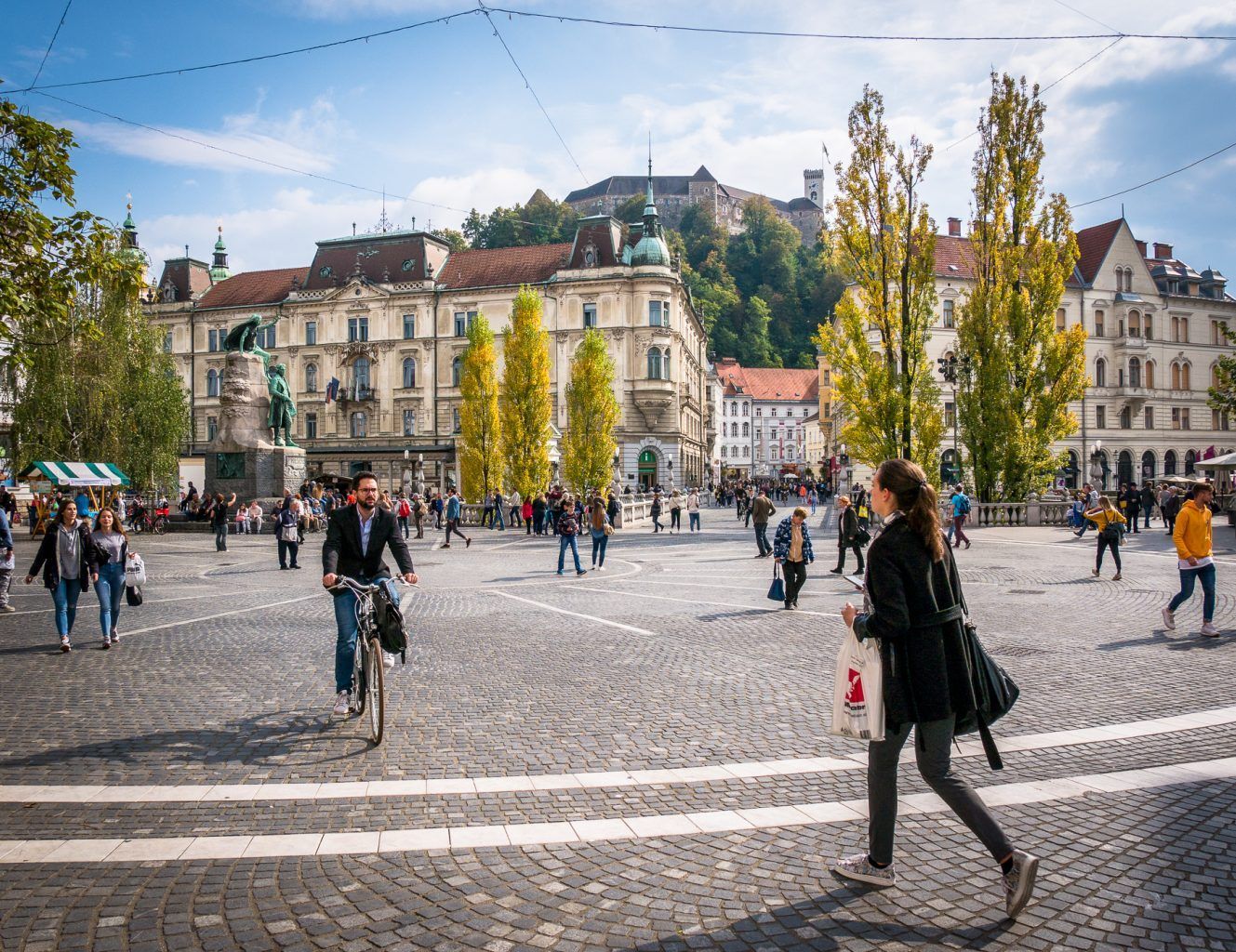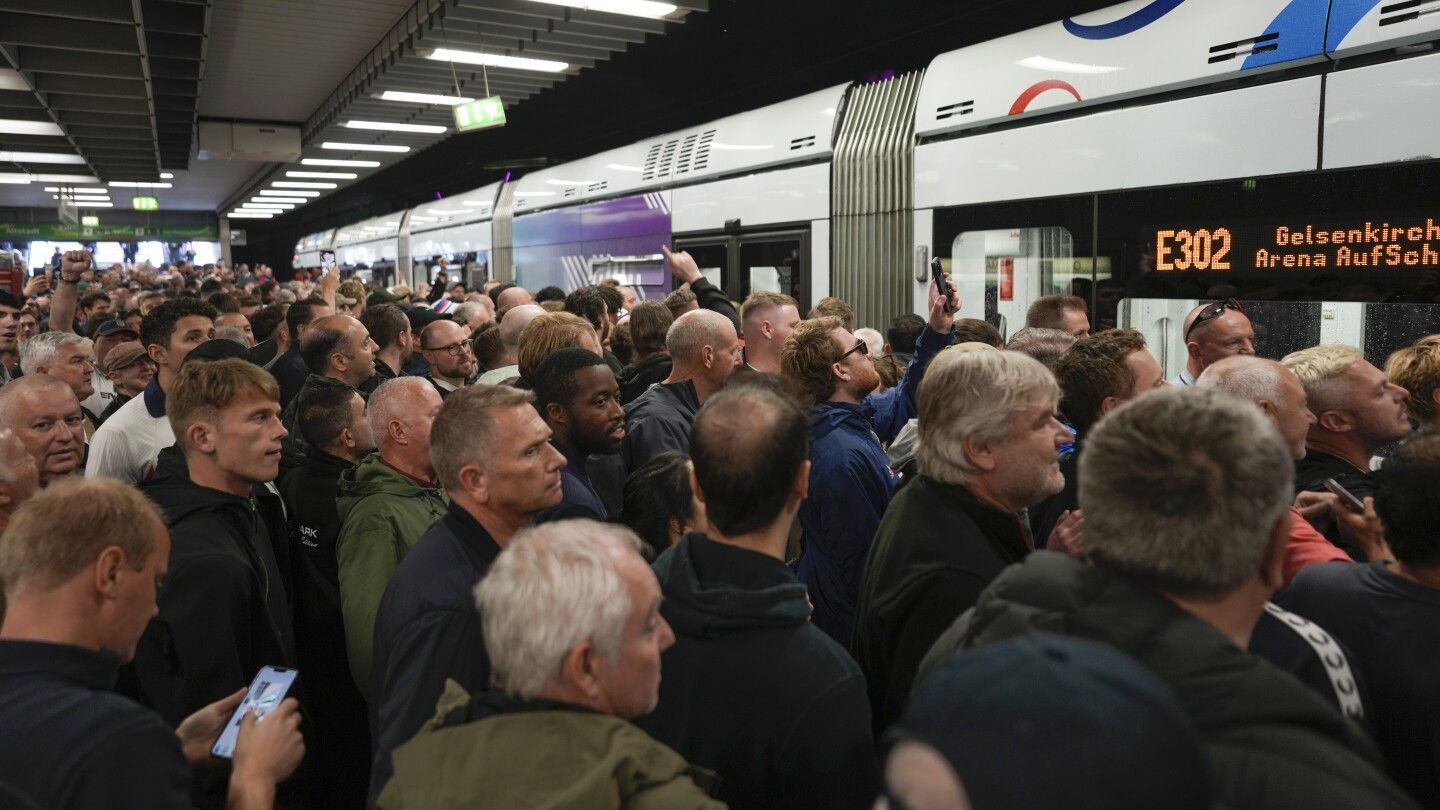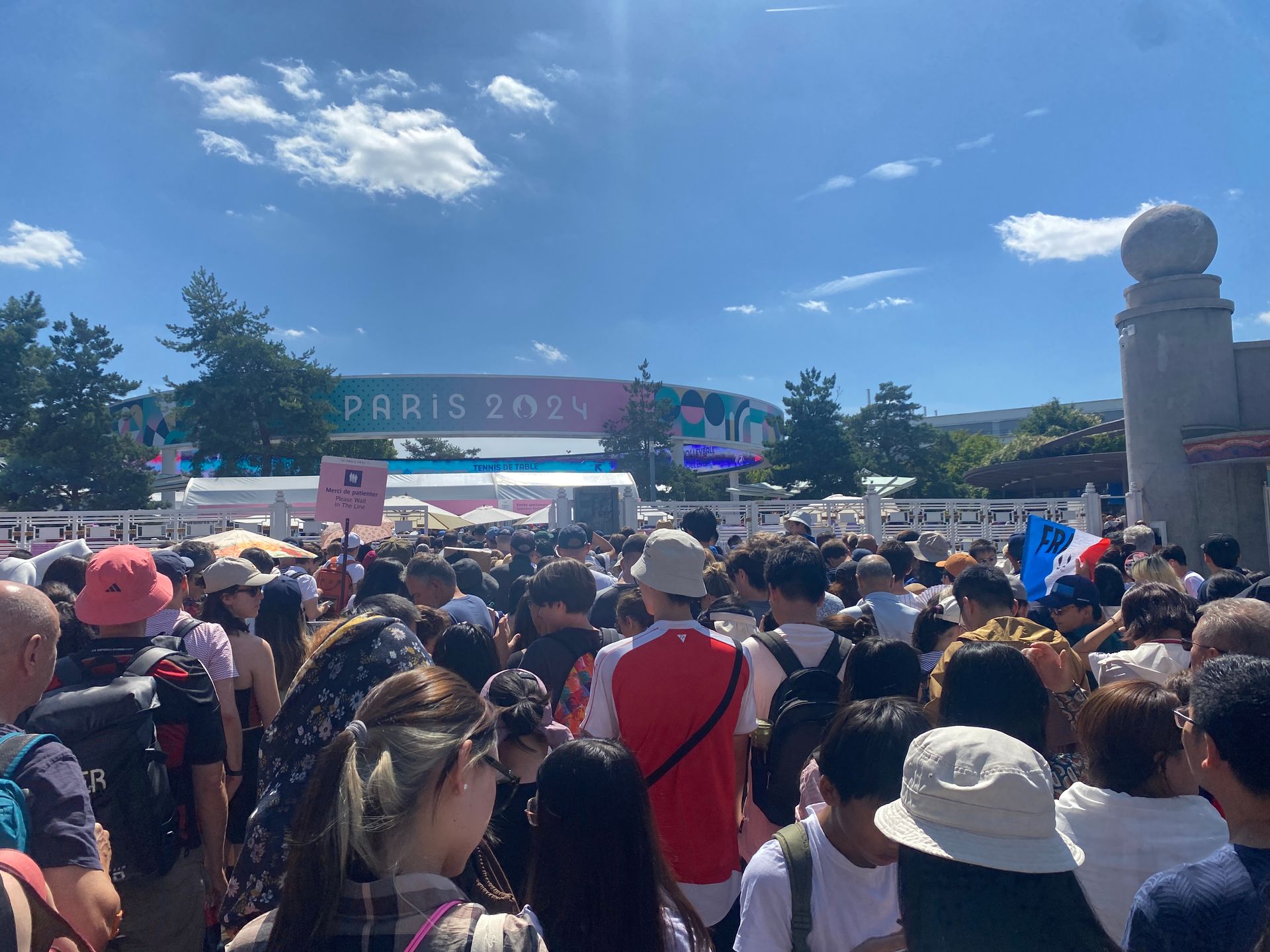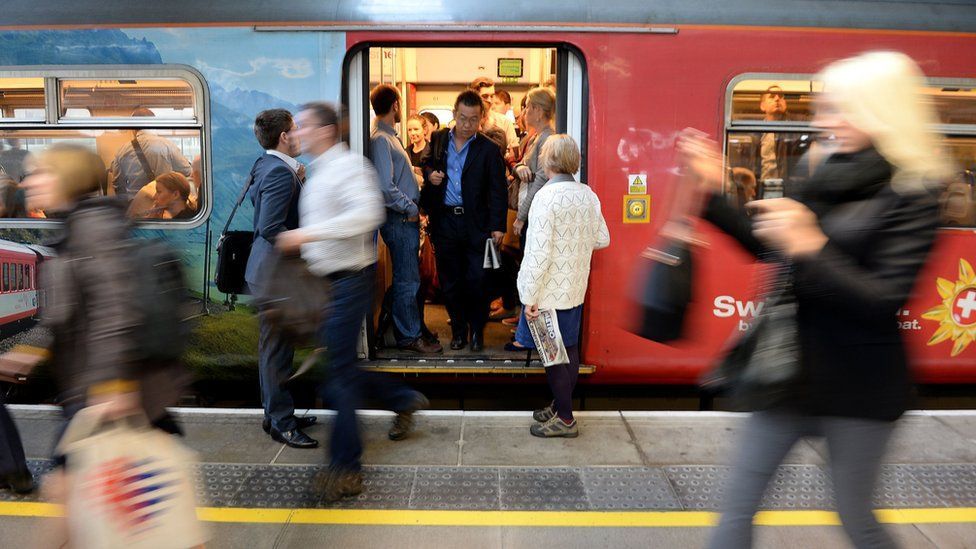A tale of many cities: Planning transport for a major sports event spread across multiple cities

UEFA did it in 2020 for the Men’s Euro’s, FIFA are doing it for the Men’s World Cup in 2026 and whilst the Olympics in Los Angeles in 2028 and Brisbane in 2032 are predominantly in one City, these events all have one thing in common. They are spread across multiple cities and jurisdictions. Putting to one side the debate around the carbon footprint of such arrangements the challenges for planning transport in such circumstances are considerable.
In this Blog we highlight a few considerations that could help planning transport for major events spread across multiple countries and cities.
1. BE VISION-LED AT A STRATEGIC LEVEL
The importance of defining the event’s transport ethos from the outset is key. In our work with major events organisers such as World Rugby and FIFA the objectives have included:
- Seamless & intuitive journey experience for all (including spectators, athletes etc)
- Be a public transport first event
- Sustainable & low-emission transport
- Consistent and integrated provision across borders and modes
- Inclusive & accessible for all users with safety and security at the core
- Resilient to disruption
Without a vision that is clear for all host countries and cities to align with then the chances of success are considerably reduced.
2. DEFINE A CENTRAL TRANSPORT ‘COMMAND’
This is likely to consist of the following principles:
Solid governance: Being clear on roles and responsibilities is fundamental. A single entity should (in our view) have a leadership role in defining the overall mobility vision, objectives and mobility concept. In our view the event organising body should have overall leadership role for all aspects - which should not be confused with having to pay for everything! Delivery of individual elements is then led by whichever entity is best placed – for example, delivery of spectator travel is best led by the relevant local transport authority (as owners of existing public transit planning in the area) BUT communication to spectators on travel is best led by the event organising body (who hold the event ticketing relationship).
A single event wide mobility framework: Be clear on levels of services and aspects such as expectations per client group. One framework that sets standards, oversees cross-border coordination, budget allocation, and contingency planning.
Central v local determination: Be clear on what elements will be centrally determined/provided and what can be determined locally – for example, have a single fan journey planner for the event to ensure consistent experience (and not one per host city). Where aspects are to be determined locally then ensure parameters set within the mobility framework.
Cross functional area integration: Allow for alignment between transport functional area and other key functions at an organising body level. Consider links with event HQ, security, emergency response, and all host nations/cities.
3. EVOLVE FROM MOBILITY CONCEPT TO OPERATION: BE MULTI-LAYERED
Set out a staged approach to the development of a Mobility Concept (a transport strategy for the event) which will be multi-layered. The Mobility Concept should then evolve to a Mobility Plan which sets out the road map for mobilisation and operation.
A classic approach to multi-layering is set out here:
Tier 1: International connectivity
- Have a single approach to arrival and departure arrangements
- Set clear standards for border control, immigration arrangements and so on
- Be mindful of arrangements at ports of entry (road, rail and sea).
Tier 2: National transport coordination
- Plan inter-city and inter-modal coordination within each country.
- Coordinate with national transport agencies
- Ensure national demand forecasting
Tier 3: Host city integration
- Handle local transport ops: traffic management, last-mile service, pedestrian flows.
- Own relationships with local transit operators and mobility providers (e.g., scooters, taxis, buses).
Tier 4: Venue level alignment
- At venue transport management arrangements are key
- Interface with Tier 4 on last mile needs to be seamless
- Security cordons for individuals and vehicles to be seamless
As you get into mobilisation and operations phases be clear on the event command and control arrangements and how they align with those in each jurisdiction. Ensure process and protocols integrate how communications to the public about travel and transport will be operationalised (not just in response to but including when things don't go to plan).
4. UNDERSTAND, FORECAST & TEST EVERYTHING
Get pathological about forecasting potential demand challenges and potential supply side mitigations. Run national transport simulations based on:
- Match schedules, kick-off times, likely ingress and egress of spectators
- Venue capacity, historic mobility data
- Weather, flight/train arrivals, fan demographics
Utilise all opportunities to capture insights from the local community (on their intended travel behaviours for regular journeys during the event) and from spectators (on their travel preferences for getting to and from the event). Simple on-line surveys can do the trick!
Tools: journey planning insights, crowd simulation software, digital twins, GIS mapping, AI-based routing models, user surveys and so on.
5. ENSURE A CONSISTENT SPECTATOR TRAVEL EXPERIENCE
Use a “fan journey map” to build your ops and ensure consistent levels of service across host countries / cities. Answer:
- How do fans get from home → City → accommodation → transport hub → venue → celebration zones and back again?
- What are the key congestion hotspots and moments of magic to mitigate and maximise?
- How do spectators ingress and egress safely and in a way that spreads demand on the transport network?
Use this to reverse-engineer:
- Station/stadium access flows
- Ticket + transit bundling
- Signage and real-time navigation
- Staff deployment zones
It is vital the no matter in which stadium, host city or host country the spectator is attending a match - their travel experience is consistent - at least in so far as those elements that the host body can influence.
6. DEPLOY A SINGLE SPECTATOR TRAVEL COMMUNICATIONS STRATEGY
Start early (no later than when tickets go on sale). Use:
- Social media + fan forums
- Partner apps (airlines, rail, ride-share)
- Stadium screens + PA systems
- Printed guides at airports, stations, and hotels
Tone: Friendly, empowering, and fan-focused. Include visuals. Think: “Transport Coach” not “Authority.”
Develop or integrate a spectator journey planning platform:
- Combine event tickets + transport passes
- Live updates, route suggestions, push alerts
- Multilingual, voice-enabled, accessibility features
- Fan-focused UX: fun, colourful, sports-themed UI
But note that a spectator journey planner can be so much more. It can help smooth operational concerns, influence travel demand, direct spectators to high-value commercial areas and beyond.
7. BUILD A ROCK SOLID APPROACH TO RESILIENCE AND CONTINGENCY
For each transport link, have:
- A backup mode (e.g., rail strike → bus fleet)
- Pre-negotiated rerouting plans
- Real-time incident alerting and comms protocol
- Multi-lingual emergency signage and staff
Also prepare for:
- Border issues (customs hold-ups, protests)
- Fan surges after surprise wins
- Heatwaves or floods
Do full-scale drills & test events with real fans, staff and other client groups.
Examples: FIFA Club World Cup in USA during 2025 is ideal opportunity to test for FIFA World Cup in 2026 and the latter can be used to test for LA28 etc. But keep in mind that spectator travel behaviour between each will be different.
8. CONSIDER TRANSPORT LEGACY OBJECTIVES
Define what is meant by leaving a transport legacy and build that in to the overall approach. In some cases this may mean seeking some changes ahead of the event in order to secure a lasting benefit.
Transport legacy objectives might include:
1. Enduring changes to transport facilities and services that last
2. Changes in the travel behaviours of the local community (to something more sustainable)
3. Better collaboration between transport stakeholders
At In the Round we relish the opportunities associated with getting involved at any stage of planning the transport arrangements for major sports events. Whilst our particular specialism is assist organisers in understanding and managing the travel demands of events our experience extends into understanding spectator travel experiences, managing multi-agency groups across transport communications and building strategies that can be easily mobilised.
If you’d like to learn more about our experiences then please come say hello@intheround.global.
















